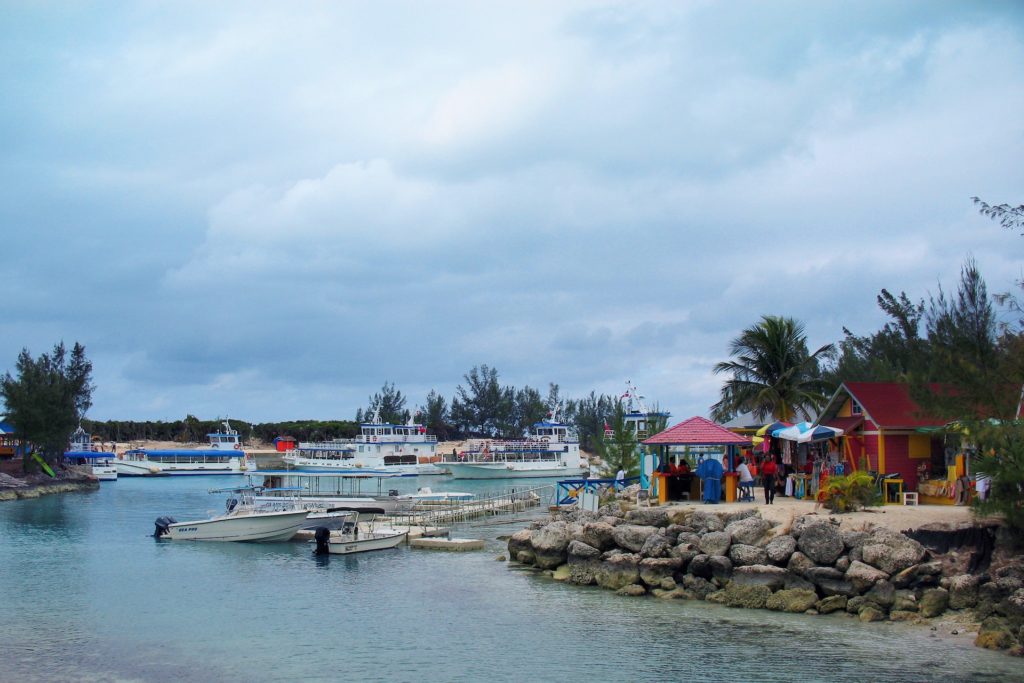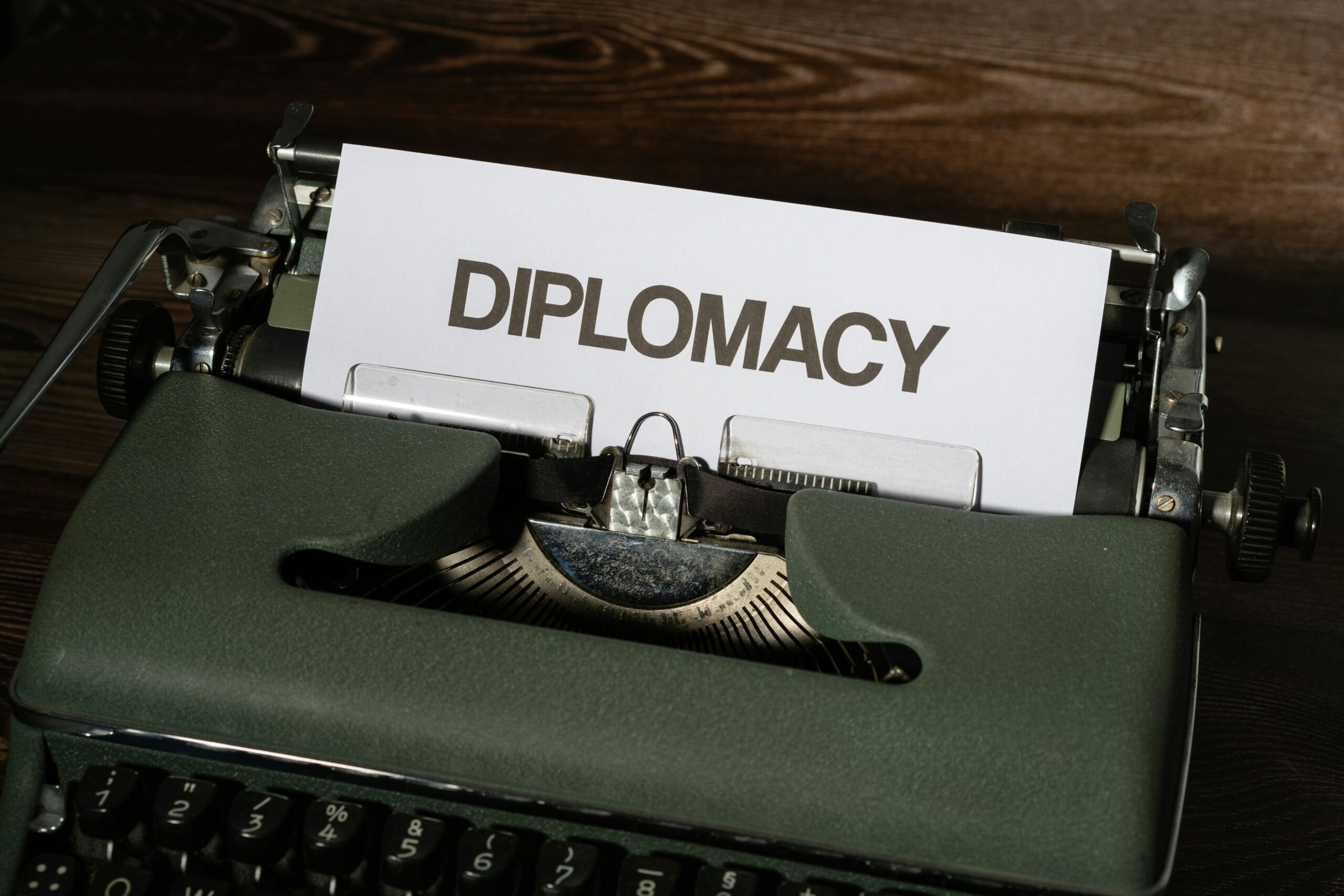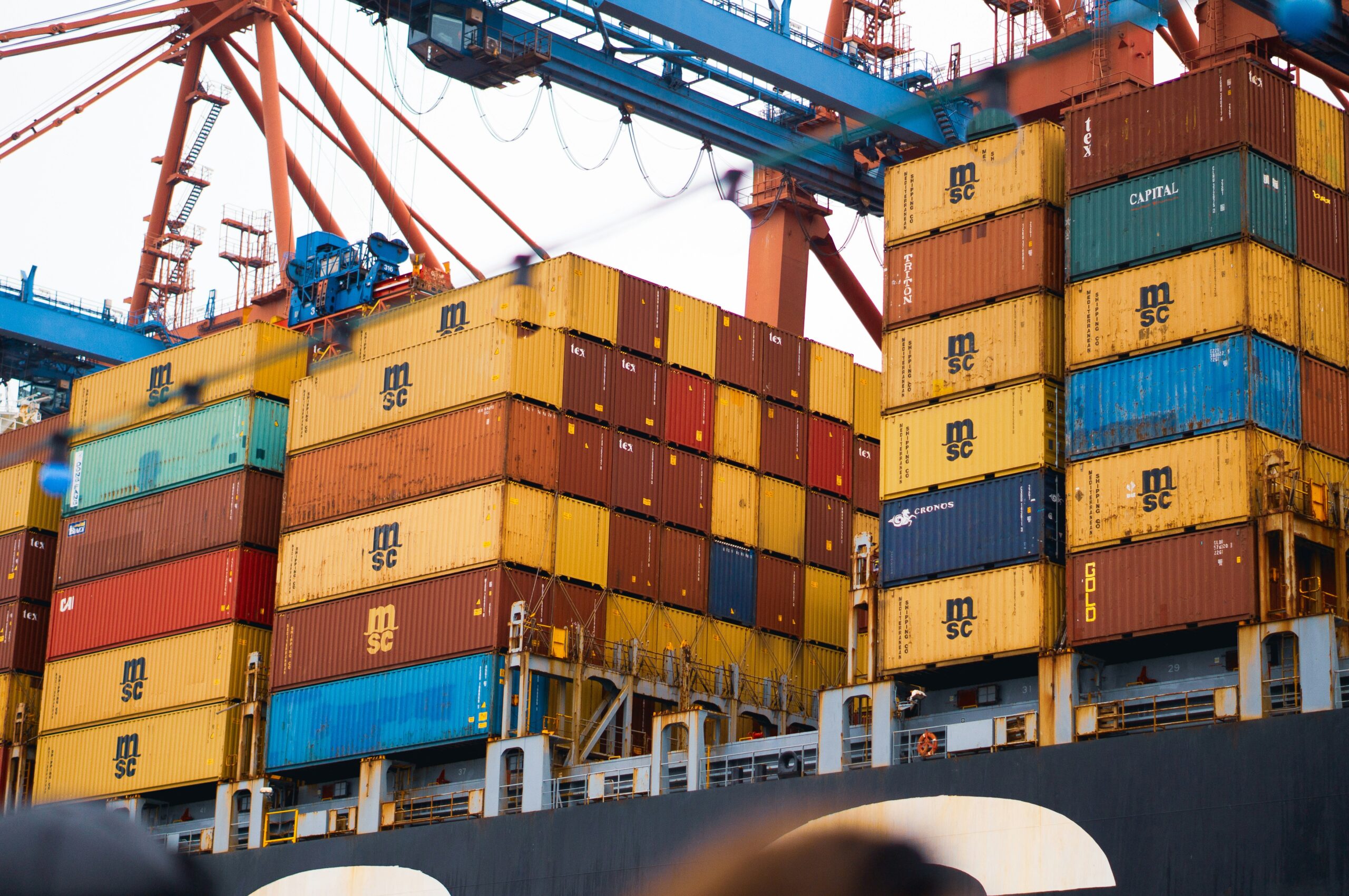The Commonwealth of The Bahamas is located within the Lucayan Archipelago, a part of the West Indies in the Atlantic. It covers 97 percent of the Lucayan Archipelago’s land area and is a hub for 88 percent of the archipelago’s population. The island nation comprises over 3,000 islands, cays, and islets of the Atlantic Ocean, situated north of Cuba and the island of Hispaniola, southeast of the US state of Florida, and east of the Florida Keys. The capital city is Nassau, located on the island of New Providence. According to the Royal Bahamas Defence Force, the territory covers more than 400,000 kilometers of ocean space, gaining its independence in 1973. This country is one of the richest independent nations in the Americas after the United States and Canada, having an economy mainly dependent on its tourism sector and offshore finance. The island has strong bilateral relations with the US and UK, maintained by its ambassador in Washington and High Commissioner in London. It also relates closely with other members of the Caribbean Community (CARICOM).
If you are looking to learn about foreign diplomatic relations here, this article provides information on the foreign diplomatic relations of the Bahamas and other bilateral relations.

About the country
The commonwealth nation depends largely on its tourism sector to generate its economy. The tourism sector alone accounts for around 50 percent of the GDP, as well as creates employment for more than half of the country’s workforce. Millions of visitors visit the nation annually. Another important factor in economic growth is banking and offshore financial services, which account for 15 percent of the GDP. It might just be the territory with the most offshore entities or companies in the world. Having an economy with a very competitive tax system, the country generates its revenue from import tariffs, VAT, license fees, and property and stamp taxes. Agriculture and manufacturing are the third and fourth largest sectors of the country’s economy, accounting for 5 to 7 percent of the GDP. Around 80 percent of the food consumed in the nation is imported. These include major crops like onions, tomatoes, okra, oranges, grapefruit, potatoes, sugar cane, lemons, limes, sweet potatoes, etc. Access to biocapacity in this territory is much higher than the world average. Records showed that in 2016, it had 9.2 global hectares of biocapacity a person within the country, which is more than the world average of 1.6 global hectares a person. This implies that the Bahamians use lesser biocapacity than the territory has. As a result, the nation runs a biocapacity reserve.
Nations the country has diplomatic relations with
In addition to its membership in the United Nations, it is also a member of the Organization of American States (OAS) (UN). The country maintains diplomatic ties with more than one hundred other nations all around the world. These countries include Guyana, New Zealand, Zambia, the Bahamas, Barbados, Dominica, Grenada, Mexico, Saint Kitts, and Nevis, Saint Lucia, Saint Vincent, and the Grenadines, Trinidad and Tobago, the United Kingdom, the United States, Costa Rica, Nicaragua, Ghana, Fiji, Canada, France, Panama, Australia, Colombia, Nigeria, Uruguay, Bolivia, Turkey, Spain, Venezuela, the Dominican Republic, Switzerland, Austria, Serbia, Rwanda, Sierra Leone, Nepal, Kenya
Multilateral memberships
The territory is a member of several international organizations: the UN, Food, and Agriculture Organisation (FAO), International Civil Aviation Organisation (ICAO), International Labour Organisation (ILO), International Monetary Fund (IMF), International Telecommunication Union (ITU), World Bank, and World Health Organization (WHO). It is a part of the OAS, Inter-American Development Bank (IDB), Caribbean Development Bank (CDB), and Pan-American Health Organisation (PAHO).



